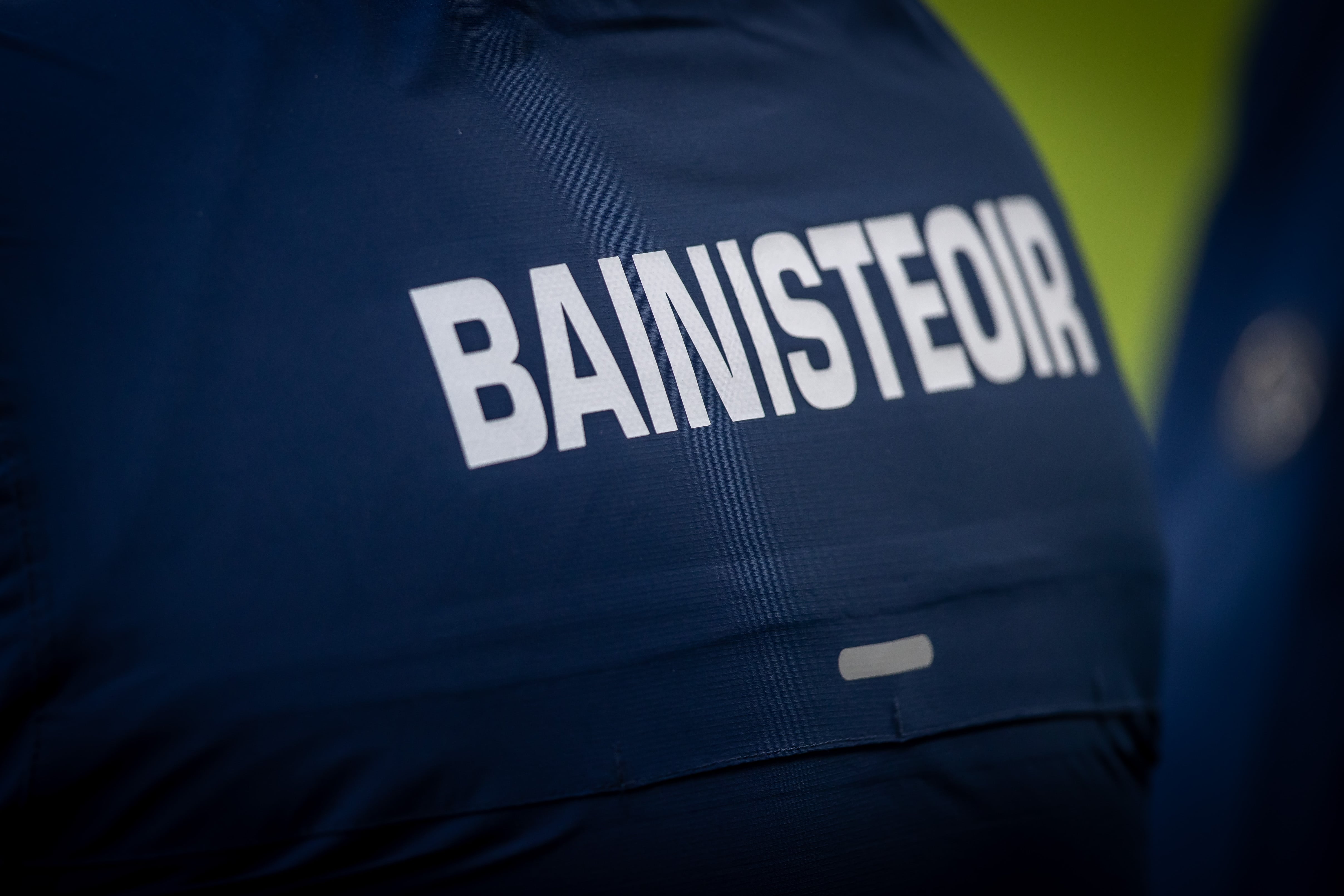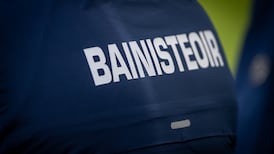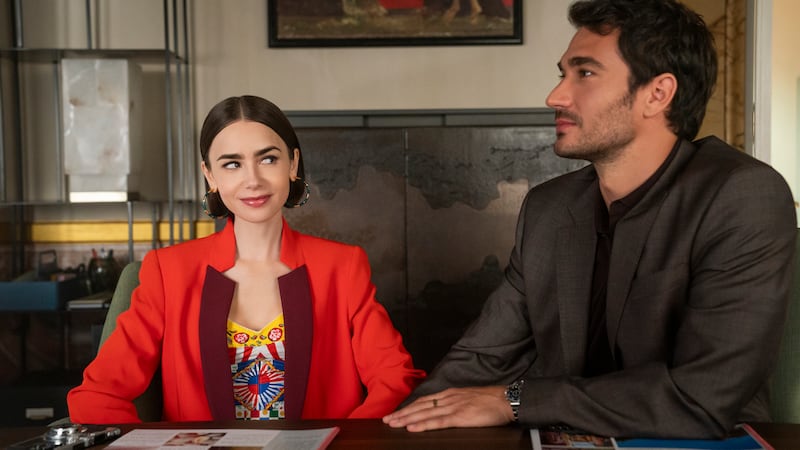Apart from the three goals Alan Connolly scored, and the two he nearly scored, there was a moment late in the first half of Cork’s league game on Saturday that was a window into Connolly’s desires.
He picked up a diagonal ball about 30 metres from the Wexford goal with a defender close by and two others in covering positions. The percentage play was to shoot for a point from outside his man, or scan for a pass, but those were the last thoughts on his mind.
You could tell from his body language that he was conducting an instant site engineer’s report, trying to establish a route to goal. Nobody else could see a goal from there; Connolly, though, was the last person in the ground to reach that conclusion.
The six goals he scored in Cork’s last two league games needs some context. Offaly’s performance against Cork was by far the worst of their season so far and, to a different degree, the same was true of Wexford on Saturday.
READ MORE
Liam Ryan has been one of the outstanding number threes of the last decade and he was missing from Wexford’s full-back line; Conor Doyle’s impressive run of form in that jersey hit a bump in the road; on top of that, Wexford’s inside defenders were left to swing in the breeze by the absence of resistance further afield. Allow for all that.
And still, Connolly is a rare and precious creature in the modern game: a goal scorer. Not just a goal scorer, but a player for whom the difference between a goal and a point is far greater than three to one. In the GAA’s early scoring systems, no amount of points were equal to a goal. Connolly’s attitude embodies that equation. The last Cork player to share that outlook was John Fitzgibbon, more than 30 years ago.
According to Christy O’Connor’s tallies, Connolly has now scored a staggering 15 goals in 21 league and championship appearances. He started in just 11 of those games. In 2022 Connolly scored at least one goal in three of Cork’s Munster championship matches, including two against Waterford in Walsh Park when Cork’s season was on the line. Last year, though, was completely written off to injury and Cork missed his threat.
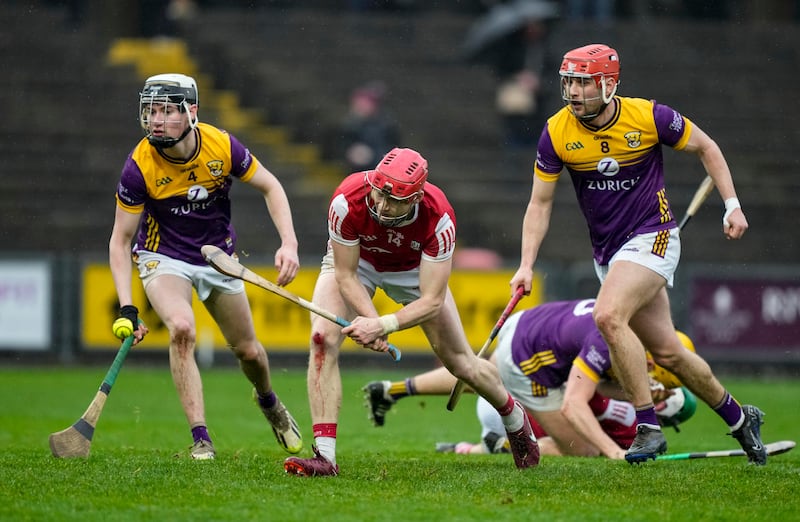
The early evidence of this season is that he has come back a different player. When Cork won the 2020 All-Ireland Under-20 final – delayed for a year because of the pandemic – Connolly was the star full-forward and Pat Ryan was the manager. In the final against Dublin Connolly was replaced 11 minutes from the end, not because Cork were cruising (they were only four points up at the time) but because Connolly’s work rate had been atrocious. His productivity that day amounted to a pair of pointed frees.
Everybody was aware of Connolly’s potential, but the last thing the Cork seniors needed was another ball player who didn’t work hard enough without the ball. To be of any use to Cork, Connolly’s game and his output needed to be challenged and reformed. In his post-match interview on Saturday Ryan was invited to celebrate Connolly’s goals but he was keen to take another perspective.
“Yeah, and he left a couple [of goals] behind him too. We know Alan has that ability. What we are delighted with is his work rate. He’s turning the ball over. Any ball that goes in, he is fighting really hard for it, irrespective of that being two v one or one v one. A lot of good lads outside of him have given him great ball in. In fairness to Hoggy [Patrick Horgan], as well, he does take a lot of attention away from you.”
[ Wexford given a stern reality check by free-scoring and dominant CorkOpens in new window ]
It will be interesting to see how the dynamic between Horgan and Connolly develops. When every team played with a conventional full-forward line it was common for at least two of them to be finishers. In modern set-ups, though, one player is typically closer to goal than everybody else and he is the tip of the spear.
Connolly and Horgan are both finishers. When they receive the ball, making a pass is a distant second thought. Horgan was credited with an assist for both of Connolly’s goals from play on Saturday but, watching the replays, Horgan’s ball across the Wexford goal mouth might have been a slight mis-hit rather than a deliberate pass, and, for Connolly’s second goal, a long ball from Eoin Downey bounced off Horgan accidentally into Connolly’s path.
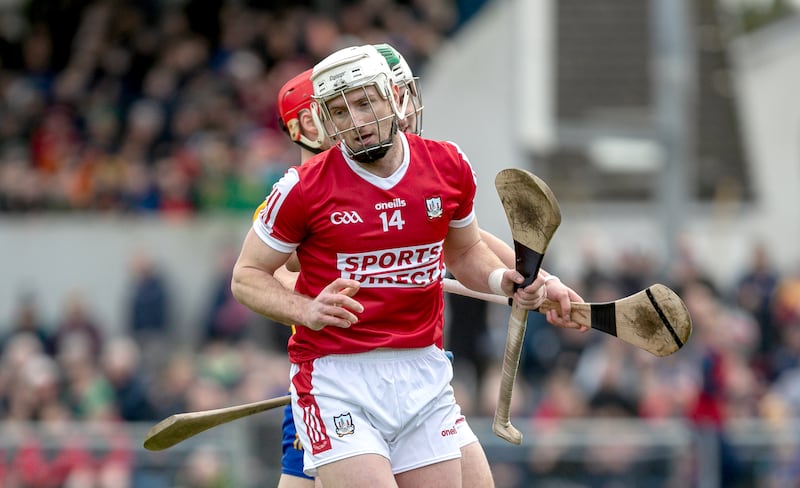
In soccer terms, can it work with two number nines? When West Ham finished third in the old first division in 1985-86, Frank McAvennie scored 26 goals and Tony Cottee scored 20. Those relationships are rare but that is what Cork are trying to cultivate: the chemistry of Cottee and McAvennie.
There are very few committed goal scorers in hurling now. Under Liam Cahill and Mikey Bevans, the most goals-oriented management in the game, Jake Morris has flourished as a goal scorer. Tipp were the top goal scorers in last year’s league with 12 and Morris scored five of them; he has four so far this season, despite sitting out Tipp’s comfortable win against Westmeath.
For any team with pretensions to beat Limerick, goals must be on their mind. Limerick are the most prolific point scorers in the history of hurling and attempting to out-duel them at that game would be tantamount to madness.
Limerick’s attitude to goals, though, is more sanguine and just maybe that creates an opening. In the 37 championship matches they have played since their first All-Ireland winning year in 2018, they have scored fewer goals than their opponents on 10 occasions. The outcome for Limerick in those games was win, draw, win, lose, win, win, win, win, win, win.
We’re not saying it’s a bulletproof plan. Just think about it.


